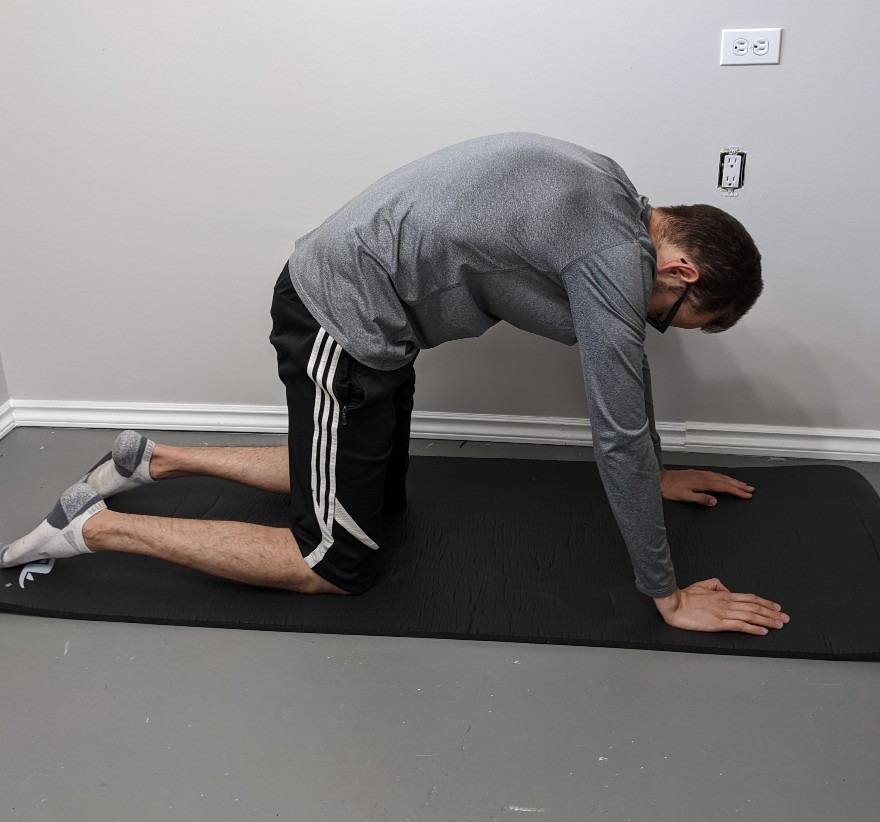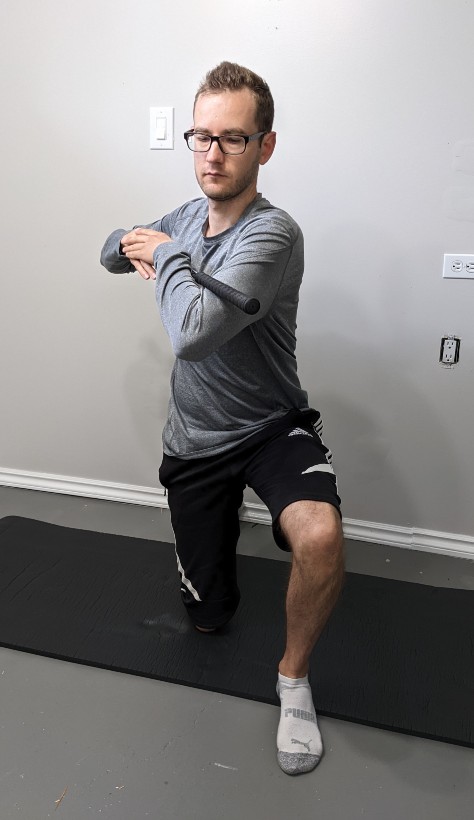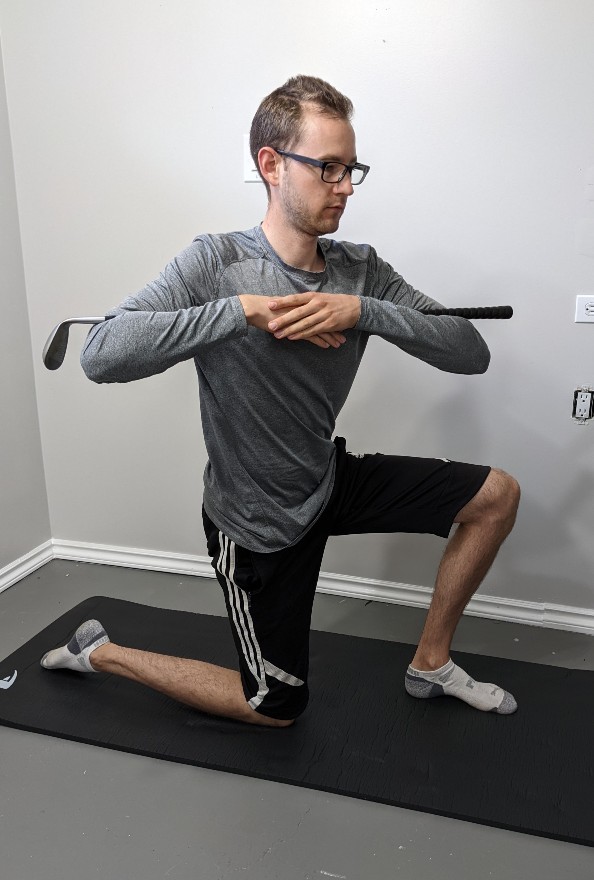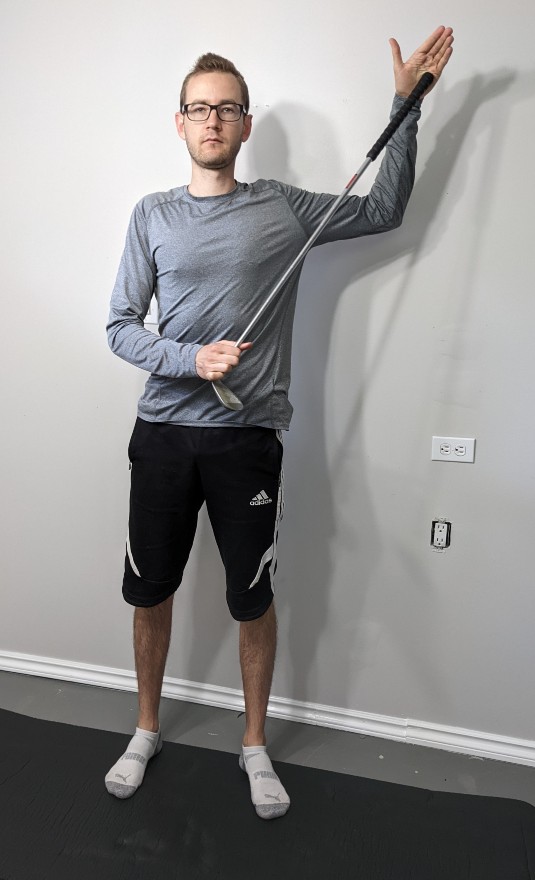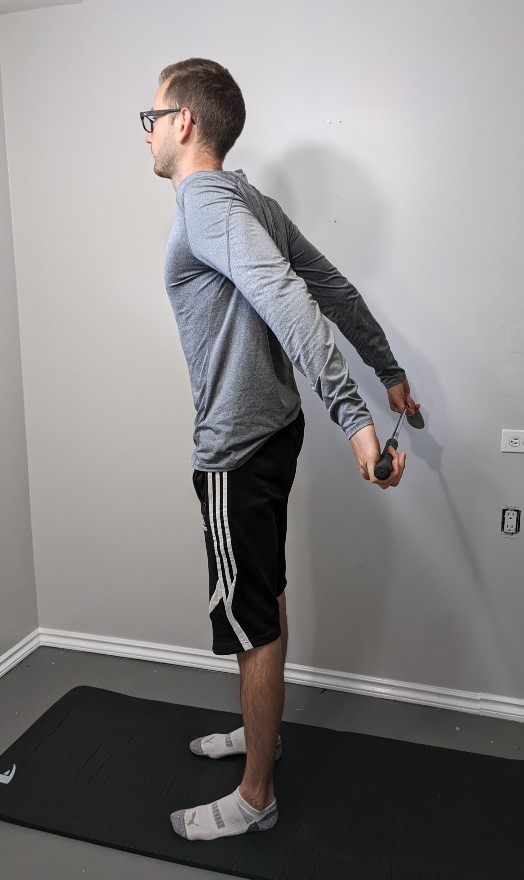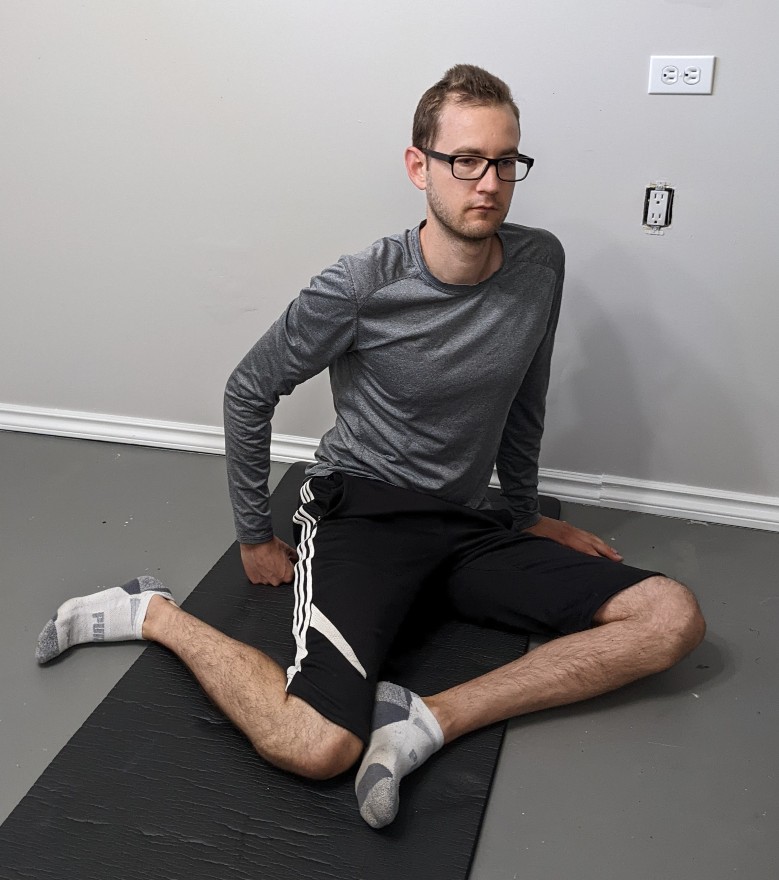Golf is a game of love and hate. One hole you’re on top of the world and then the next you’re asking yourself why did I buy these clubs, why did I drive 45 minutes to this place, why did I pay the expensive course fees to ruin my Saturday afternoon? Hi! I’m Nick MacLeod. I love to golf and if you do as well, read on!
Playing golf is one of my favourite ways to spend a summer day. It’s a game of individual skill and focus and there is no one to blame but yourself when you’re playing poorly.
Every golfer would love to improve their handicap. And there is nothing more frustrating than not being able to golf or having their golf game limited because of an injury. It is well documented across many sports, that an unresolved, past injury is one of the biggest modifiable risk factors for a recurring injury. Unfortunately, too many of us neglect our nagging injuries until the first tee-off of the season. My best advice? Take care of those injuries in your off-season. In Canada, our golf season is too short to have to miss days of play.
Preparing for the golf season involves more than just hitting balls off the driving range. The golf swing consists of intricate, quick movements of muscles and joints in multiple planes. Small reductions in joint range of motion and decreased strength can affect your entire swing. If you are experiencing pain with your swing, you will likely compensate elsewhere to make up for the deficiencies. However, the body’s ability to compensate is limited and eventually, one compensation will lead to another and another…and another. And deconstructing these multi-level compensations can be extremely difficult and time consuming.
Have you noticed how strong professional golfers have become? The shift towards a strength and conditioning approach has greatly improved a golfer’s performance as well as reduce their injury incidence. Injuries vary from golfer to golfer and so a personalized assessment is best. Here are some examples of some basic movement requirements for the sport.
What flexibility and movement patterns are required for my golf swing?
- Lumbar Spine: flexion and extension. Try the cat camel exercise demonstrated below.
- Thoracic Spine: rotation. Try this lunge rotation drill holding one of your irons to the left and the right.
- Shoulder: abduction, extension and rotation. Try this simple stretch drill using an iron to stretch the shoulder into the demonstrated positions.
- Hips: internal and external rotation. Try this rotation stretch for both legs.
If the above is too difficult, try lying down for hip internal rotation by pulling the knee of your straighter leg across your body

What muscles are most active during the golf swing?1
We can analyze the golf swing into 4 parts and studies have measured the muscle activation in each phase. For each part of the swing, you will see red stars on the most active muscles during that phase.
1) The Back Swing
Upper body: trapezius, subscapularis
Lower body: Erector spinae, abdominals, hamstrings

2) The Acceleration Phase
Upper body: Pectoralis, serratus anterior
Lower body: gluteals, hamstrings, abdominals

3) The Forward Swing
Upper body: Rhomboid, trapezius and pectoralis
Lower body: Quadriceps, Gluteus maximus, hamstrings

4) The Follow Through
Upper body: Pectoralis, rotator cuff
Lower body: Hamstrings, quadriceps, abdominals, gluteals

As you can see, any deficiencies in the range of motion of a joint or strength of a muscle can affect your swing. Oftentimes, a full body assessment would be necessary to determine if your underlying painful condition is your sole problem or if it’s a problem resulting from a problem elsewhere (ie… it’s a compensation and not the original problem.) Treating the right area is key. Again, a personalized assessment is vital!
Golfing shouldn’t hurt. So, if you’re struggling on the greens this summer, give us a call!
References
- McHardy.A, Pollard.H., Muscle activity during the golf swing, British Journal of Sports Medicine. 2005;39:799-804
Submitted by Nick MacLeod


